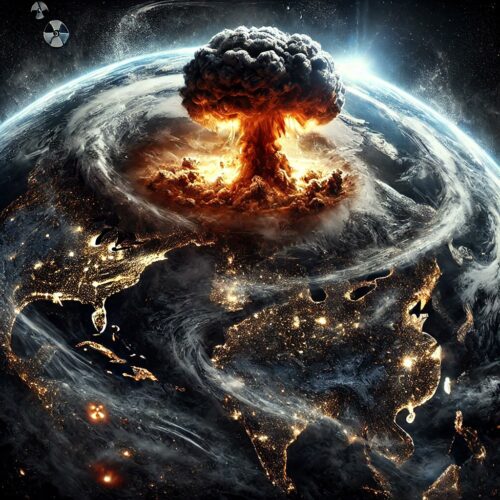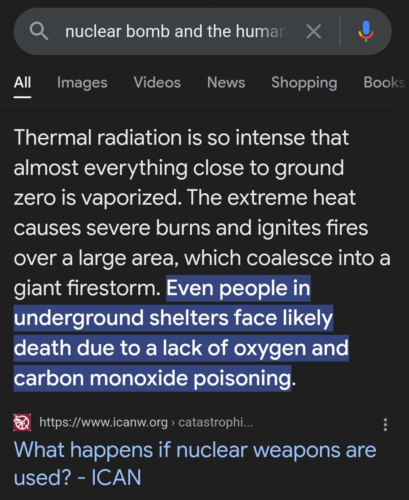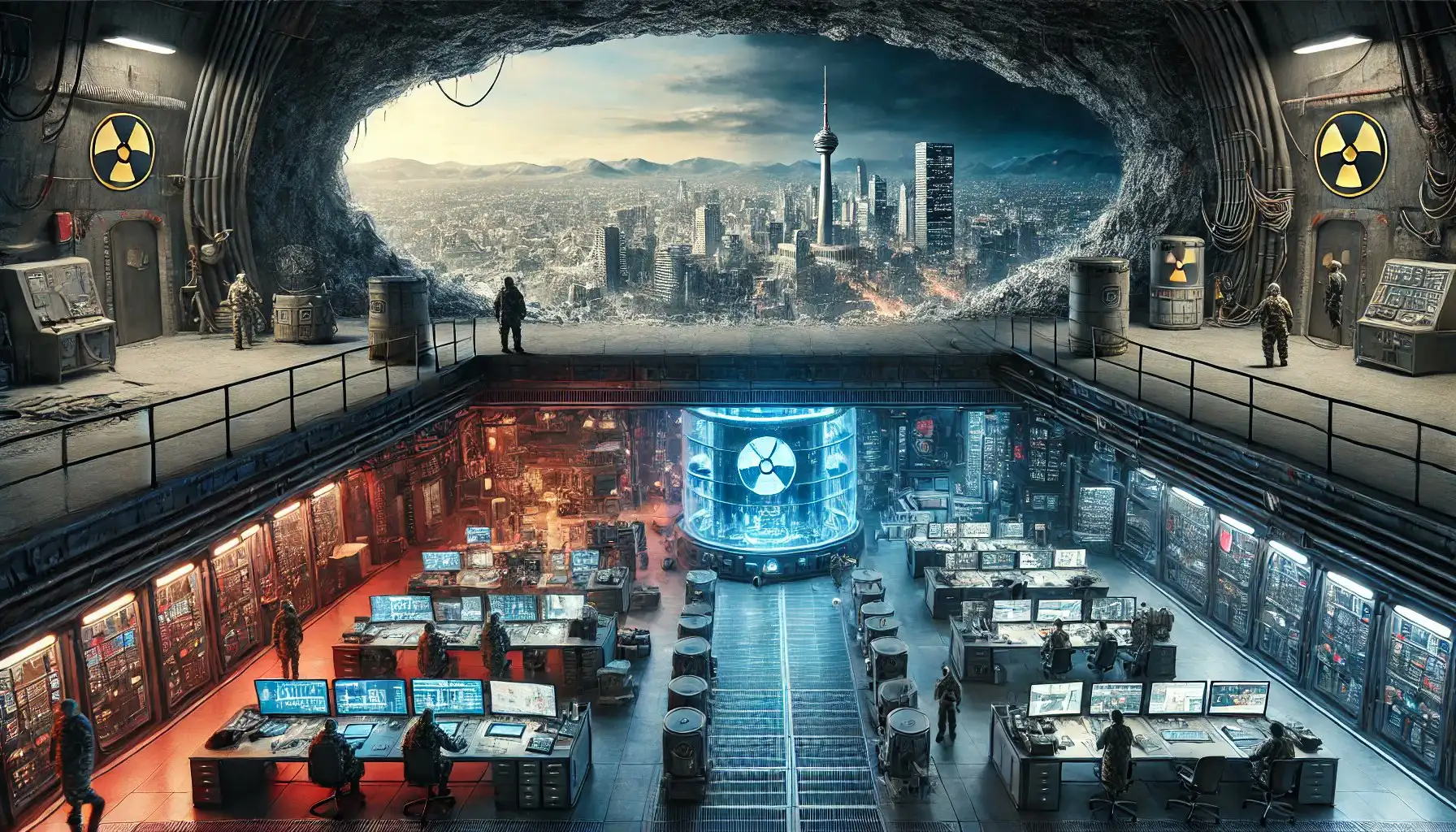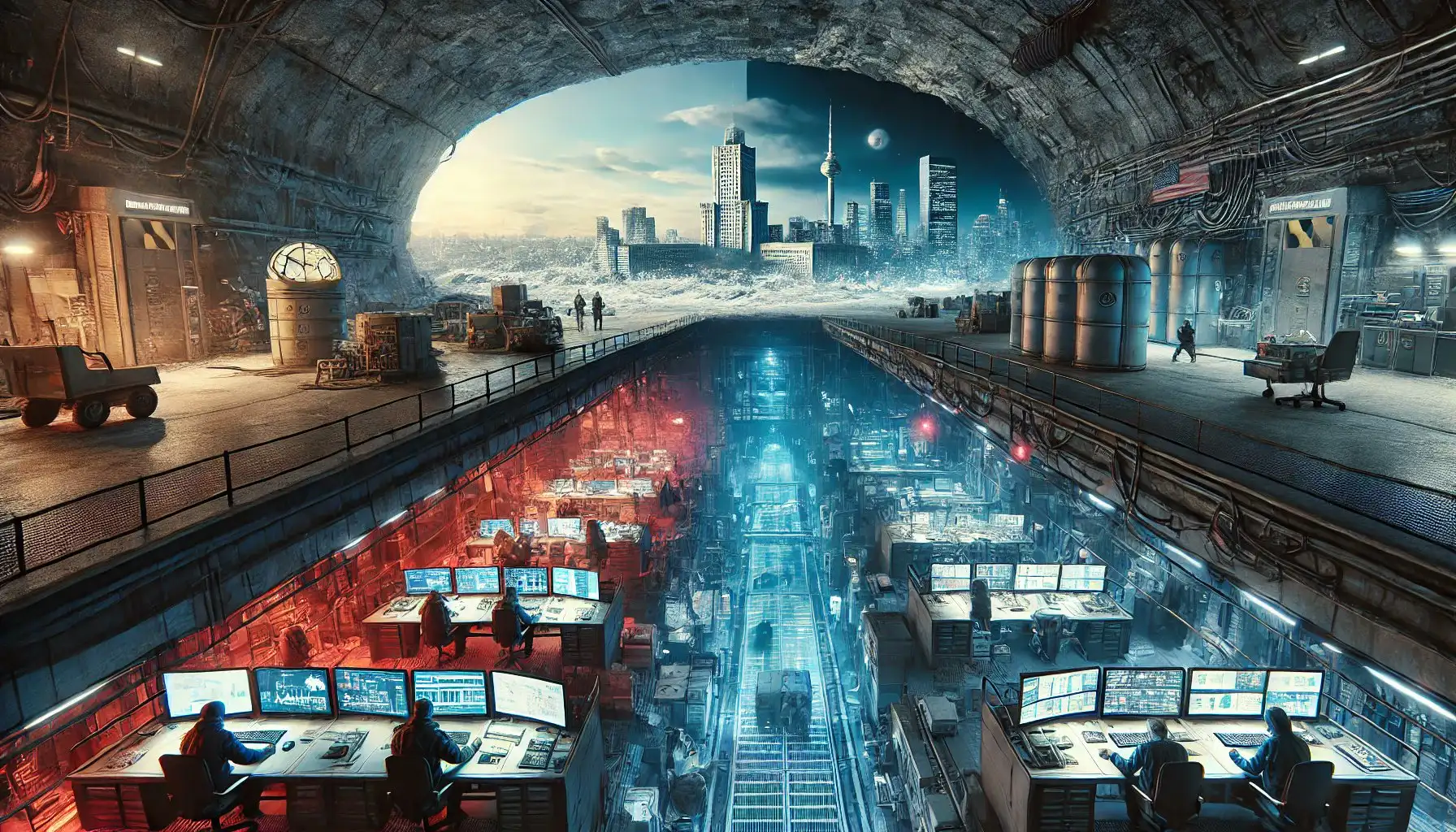1. The U.S. Nuclear Reactor Landscape:
The United States operates 93 nuclear reactors across 56 commercial nuclear power plants. These reactors, along with numerous storage sites for spent nuclear fuel, have been accumulating nuclear material for decades. Many of these sites have stored radioactive material for over 40 years, much of which has never been moved off-site due to the lack of a permanent disposal solution. (The government is not responsible to store this material well, and it costs little actually.)
If the power grid across the U.S. were to fail, potentially due to a coordinated cyber-attack or physical sabotage or EM P strike (nuke in space), the cooling systems at these reactors could cease to function. Without active cooling, nuclear reactors can overheat, leading to uncontrolled chain reactions— known as criticality accidents. This scenario could occur in up to 100 reactors, releasing vast amounts of radiation into the atmosphere. The stored spent nuclear fuel, which is even more radioactive, would also contribute to the contamination.
2. Russian and Chinese Nuclear Strikes:
3. The Fallout:
-
Russia and China: Being geographically close to the U.S., Russia and China are at high risk of fallout. The wind patterns, particularly jet streams, could carry radioactive particles eastward across the Pacific, contaminating large swaths of Russia and China. The fallout would be heavier closer to the U.S., but significant contamination would reach these countries depending on the altitude and spread of the explosions.
-
Global Impact: Radioactive particles would not be contained to just the immediate vicinity. High-altitude explosions and the sheer volume of particles released would ensure that fallout spreads globally. Regions far from the initial blasts, including Europe, Africa, and even parts of the Southern Hemisphere, would experience contamination. Brazil and South Africa might be somewhat shielded initially due to their distance, but long-term global impacts would reach them as well.
4. Nuclear Winter:
-
Agriculture and Food Supply: The reduction in sunlight would severely disrupt agriculture worldwide, leading to crop failures and food shortages. This would create a global famine, exacerbating the already dire situation caused by the nuclear strikes.
-
Air Quality and Health: The radioactive particles in the atmosphere would lead to a significant degradation of air quality, with severe respiratory health impacts for populations worldwide. Toxic gases released from fires and reactor meltdowns would compound this issue, making air in many regions dangerous to breathe.
5. The Counterattack:
-
Widespread Fallout: The fallout from the counterattacks would mix with the already existing radioactive debris, leading to a more concentrated and widespread contamination. Wind patterns would carry this fallout across the globe, impacting countries far removed from the conflict.
-
Global Trade Disruption: The fallout would contaminate major trade routes, including shipping lanes and air travel corridors. This would disrupt global trade, making it difficult for countries to import and export goods, particularly food and essential supplies. The resulting economic collapse would lead to widespread poverty and social unrest.
6. Long-Term Consequences:
-
Environmental Collapse: Large areas of the world would become uninhabitable due to high radiation levels. Ecosystems would collapse, leading to the extinction of many species. The global environment would be severely damaged, with recovery taking centuries, if at all.
-
Economic and Social Breakdown: The destruction of major cities and industrial centers, combined with the global food crisis, would lead to the collapse of the global economy. Social order would break down in many regions, leading to conflicts over resources and the emergence of

@stillgray “Holy crap. MSNBC guest claims that Elon Musk doesn’t have the right to free speech because it impacts national security and that he needs to be prosecuted.” https://x.com/stillgray/status/1832255268027085077
@stillgray @stillgray “If there are any hills to die on, Freedom of Speech is that hill.”
@SkillsGapTrain @stillgray @stillgray “Well this is counter-intuitive thinking. It doesn’t seem like it. But here’s the deal.
The moment freedom of speech dies. WW3 starts. That makes sense to us. It makes sense that these two events would align. So the plan to keep freedom of speech operating on the internet, preserves a pathway to prosperity for the west to have an advanced civilization in the future that is based on western principles.
This is a guess, but it’s a type of instinctual guess. So then logically, if death is certain, dying for free speech is easier way to die, then in nuclear global war, which could be painful.”
@SkillsGapTrain @InfctusPrototyp @SkillsGapTrain @stillgray @stillgray That makes sense, but also consider: They might approach nuclear war with a different mindset than we’ve traditionally understood in the West.
There’s growing talk of a new era with smaller, tactical nukes — devices that don’t vaporize everything in their path but leave behind a landscape of poisoned survivors.
While our understanding of nuclear war is shaped by Cold War-era concepts and videos of complete global destruction, there’s a belief that Eastern military doctrines see it differently, with a greater tolerance for the aftermath and the survivability level they are willing to endure. They believe it’s survivable.
It’s not just about immediate destruction anymore; it’s about how much suffering a society can withstand. Countries place a high priority now on land and resources, because there are existential issues on the horizon 2020 to 2050 that require those resources to sustain global life and global technology level, so they might not be willing to vaporize all regions at once, but gradually with pain in small regions, until the other side gives up. Just a guess here, for now, until we study it from the recent manuals we added to our office library.
@InfctusPrototyp @SkillsGapTrain @InfctusPrototyp @SkillsGapTrain @stillgray @stillgray



Related Content:
Title: “Unveiling the Mysterious Foreign Platform Reshaping the Liberal Party of Canada’s Policies (2015-2024)” https://x.com/SkillsGapTrain/status/1810640282687537364
Title: “@GordonGChang raises a critical point on the timing of the SSGNs submarine retirement. As these submarines are scheduled for decommissioning from 2026 to 2028, we must scrutinize the potential capability gaps given the deployment timelines of new systems: … ” https://x.com/SkillsGapTrain/status/1781735158862753807
Title: “Is Canada Facing a Religious Arson War?” https://x.com/SkillsGapTrain/status/1800423311408582807
To see our Donate Page, click https://skillsgaptrainer.com/donate
To see our YouTube Channel, click https://www.youtube.com/@skillsgaptrainer